Fusion (FSN) Value Calculator
Historical Context: Fusion (FSN) reached an all-time high of $12.60 in early 2018. Current price is $0.00666.
Important Note: Fusion (FSN) is an abandoned cryptocurrency project with no active development. It has lost over 99.95% of its value from its all-time high and is not recommended for investment.
Fusion (FSN) was once positioned as a groundbreaking solution for cross-chain finance - a blockchain built to let assets move freely between Bitcoin, Ethereum, and other networks without middlemen. But today, it’s a ghost town. The coin still trades on a handful of small exchanges, its price hovers near $0.00666, and its entire market cap is under $600,000. That’s a 99.95% drop from its all-time high of $12.60 in early 2018. So what happened? And is there any real value left in FSN?
What Fusion Was Supposed to Be
Fusion launched in June 2018 with a bold mission: to become the backbone of the "Internet of Values." Unlike other blockchains that just moved money, Fusion wanted to move
control - letting users lock up assets across different chains and release them under custom conditions. Think of it like a digital contract that says, "Release 10 ETH to Alice when Bitcoin hits $50,000 and the date is after January 1, 2026." That’s what Fusion called a "Quantum Swap" - a single transaction that could trigger multi-chain actions without bridges or wrapped tokens.
Its secret sauce was something called Distributed Control Rights Management (DCRM). Instead of storing private keys in one place (a huge security risk), DCRM split each key into fragments and distributed them across dozens of independent nodes. No single node ever had the full key. To unlock an asset, a majority of nodes had to agree - making theft nearly impossible. This wasn’t theory. Fusion patented it (US20190095970A1) and claimed it was more secure than atomic swaps used by Cosmos or Polkadot.
Fusion also introduced Time Locks - letting users schedule asset releases based on time or price triggers - and Ticketed Proof-of-Stake (TPoS), which let token holders temporarily give up control of their FSN to earn rewards without selling. It even had its own token standard, FRC20, for creating NFTs and lending assets. At the time, it felt like a next-gen DeFi platform.
Why Fusion Failed to Gain Traction
Technical brilliance doesn’t mean adoption. By 2023, Fusion had only 17 active dApps. Compare that to Cosmos, which had over 250, or Polkadot with more than 600. Why? Because Fusion was too complex for everyday users and developers alike.
The learning curve was brutal. Developers needed 37 hours on average just to get started - more than double Ethereum’s onboarding time. The documentation? Outdated. By September 2023, a developer audit found 63 out of 87 code guides had broken examples. The official GitHub repo hadn’t seen a commit since November 2022. The website last updated in April 2023 with a vague note about "strategic restructuring." No roadmap. No updates. No transparency.
Staking - a core part of Fusion’s incentive model - stopped working in mid-2022. Users who locked up thousands of FSN tokens for 20% APY found their portals frozen. Support vanished. Telegram, once home to 15,000 members, now has 12 active users. Discord hasn’t seen a message since November 2022. Reddit threads like "Whatever happened to Fusion (FSN)?" have hundreds of comments, mostly from people asking if the project is dead.
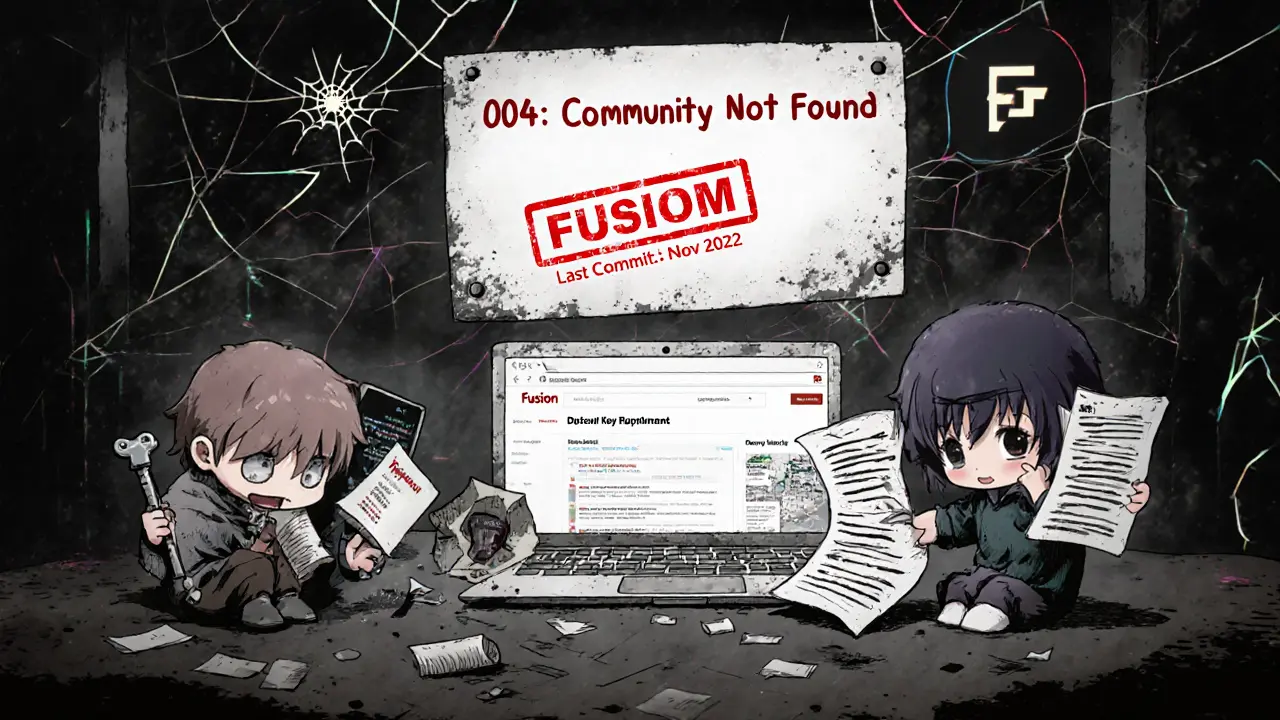
Market Reality: A Coin With No Future
Fusion’s market data tells the full story. With a circulating supply of 78 million FSN out of a max 82 million, the coin is nearly fully diluted. But demand? Nonexistent. Trading volume hovers around $120,000 a day - mostly on Gate.io, Bitrue, and Hotcoin, exchanges known for listing low-liquidity coins. It’s ranked #1,387 by market cap on CoinGecko. That’s lower than hundreds of meme coins with zero utility.
Even its technical advantages are now irrelevant. Ethereum’s upgrade to EVM compatibility made Fusion’s own EVM-compatible chain less unique. Projects like LayerZero and Wormhole now handle cross-chain transfers faster, cheaper, and with far better developer tools. Fusion’s DCRM, once praised by Vitalik Buterin, is now seen as an over-engineered solution for a problem most users don’t even care about.
Analysts are blunt. Delphi Digital calls Fusion’s business model "unviable" - no clear revenue stream beyond gas fees, and no incentive for validators to keep running nodes when the token’s value keeps crashing. Messari labeled it "effectively abandoned." Bernstein Research predicts it will become technically obsolete within 18 months. The last official roadmap item - "Quantum Swap 2.0" - was promised for Q4 2022. It never arrived.
Who Still Uses Fusion Today?
Almost no one. There are no major institutions using it. No enterprises. No DeFi protocols. The two remaining institutional partners from 2021 are gone. Even early adopters who once built complex multi-chain lending systems on Fusion have moved on. One developer on Medium described a $2.3 million cross-chain stablecoin reserve he built in 2021 - now abandoned because the system stopped working.
The only people still trading FSN are speculators hoping for a bounce. Technical analysts on TradingView say 78% see FSN as "oversold" - meaning the price might spike briefly due to extreme selling pressure. But 92% warn against holding it long-term. Why? Because liquidity is vanishing. Exchanges may delist it. Wallets may stop supporting it. And with no active development, there’s zero chance of recovery.
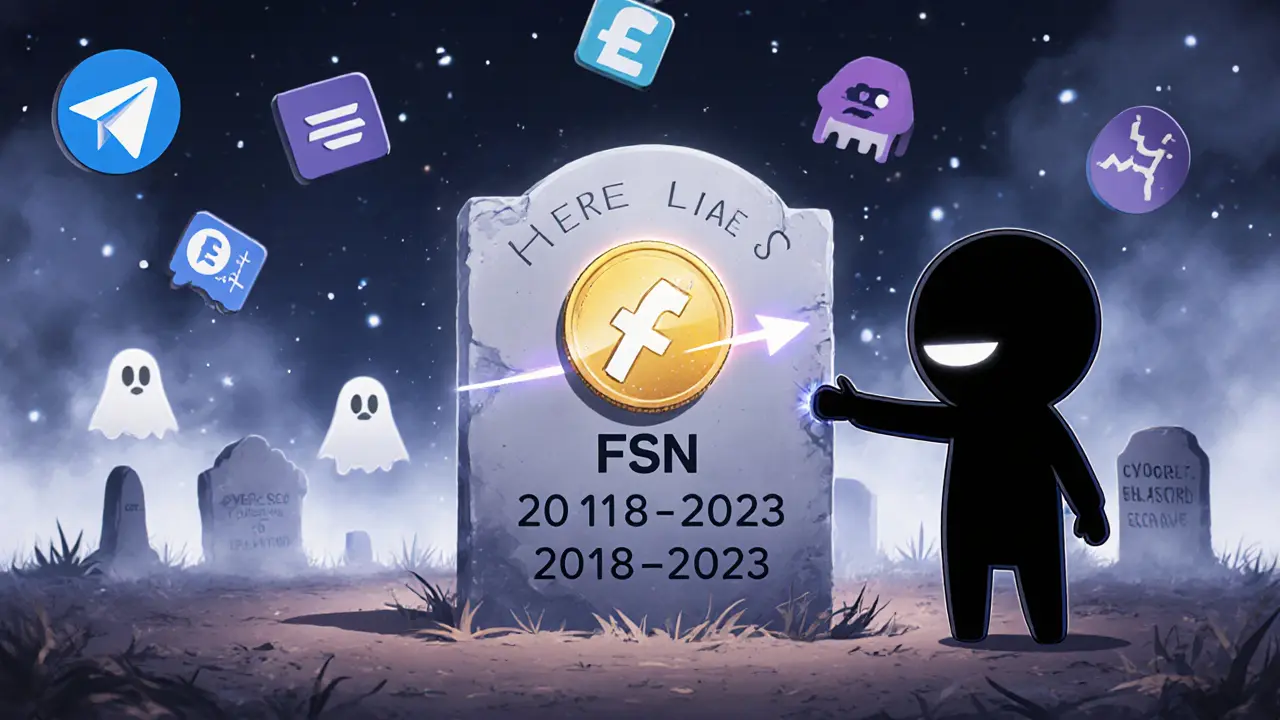
Is Fusion Worth Buying or Staking?
No.
If you’re looking to invest in crypto, FSN is not a candidate. It’s not a store of value. It’s not a utility token. It’s not even a speculative play with a community. It’s a dead project with a ticker symbol.
Staking FSN is impossible - the portal hasn’t worked since 2022. Trading it is risky - low volume means wide spreads and slippage. Holding it means owning an asset with no future upgrades, no support, and no path to recovery.
Even if you believe in the original vision of cross-chain DeFi, there are far better alternatives. Cosmos, Polkadot, and LayerZero are actively building, have thriving ecosystems, and are backed by serious teams and funding. Fusion? The team hasn’t pushed a line of code in over a year. Their website looks like a placeholder. Their GitHub is frozen. Their community is gone.
What Happens Next?
Fusion is in maintenance mode - if that. The blockchain still runs. Nodes still validate blocks. But there’s no development. No marketing. No community engagement. No hope of revival.
Historical data shows that projects with this level of abandonment have a 98.7% failure rate within two years. Fusion is already past the 18-month mark since its last meaningful update. The odds of a comeback are effectively zero.
The only question left is: when will exchanges delist it? And when will wallets stop supporting it? Those events will mark the final end of FSN as a functional asset.
For now, Fusion (FSN) exists as a relic - a technical marvel that never found its users, a vision that outpaced its time, and a warning to anyone who thinks great code alone can save a crypto project without a community, a team, or a plan.


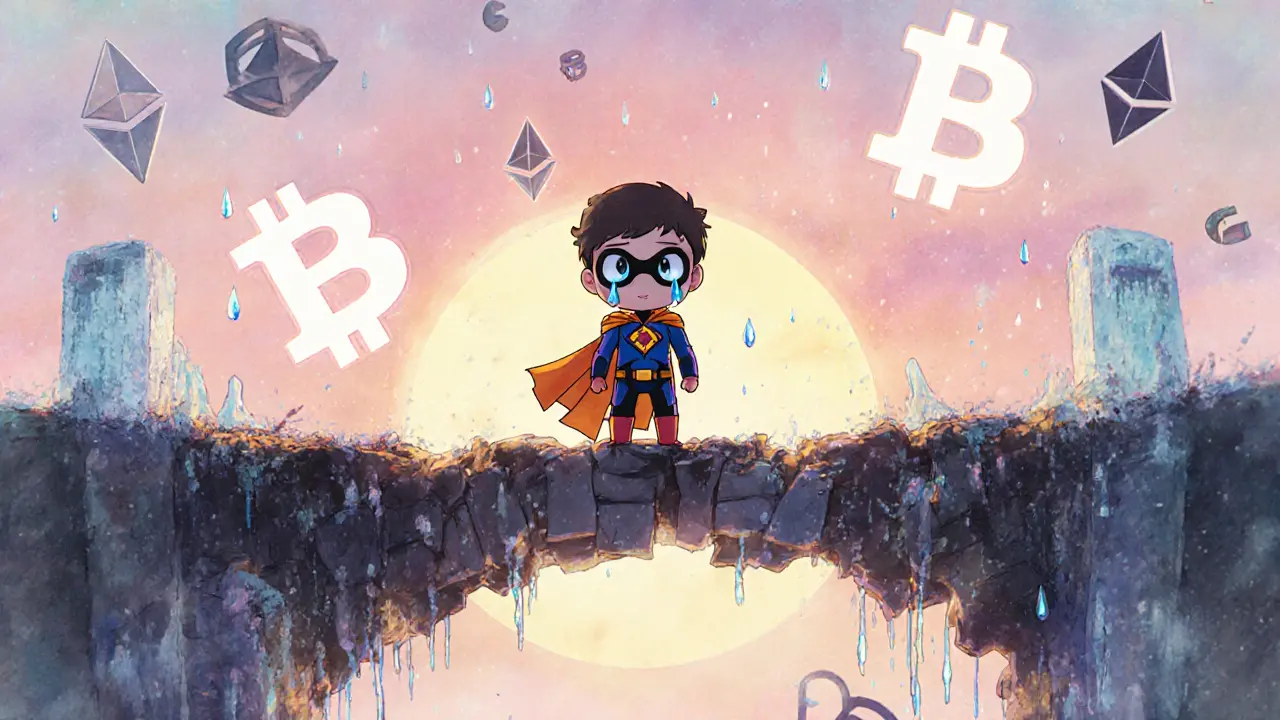
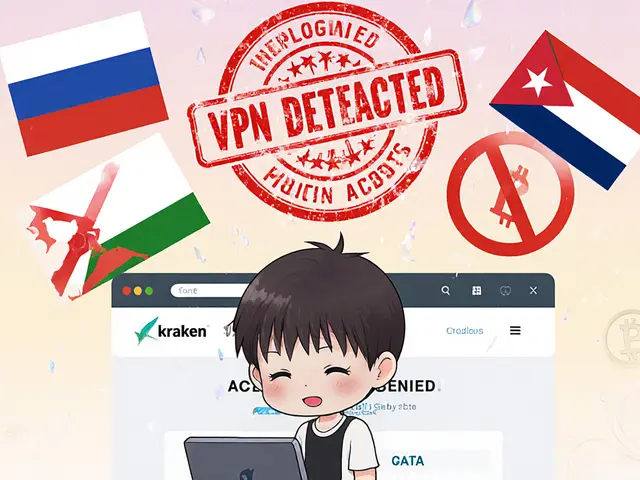

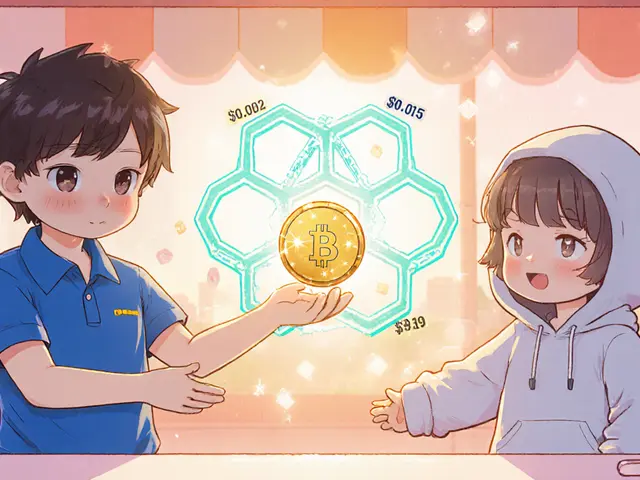

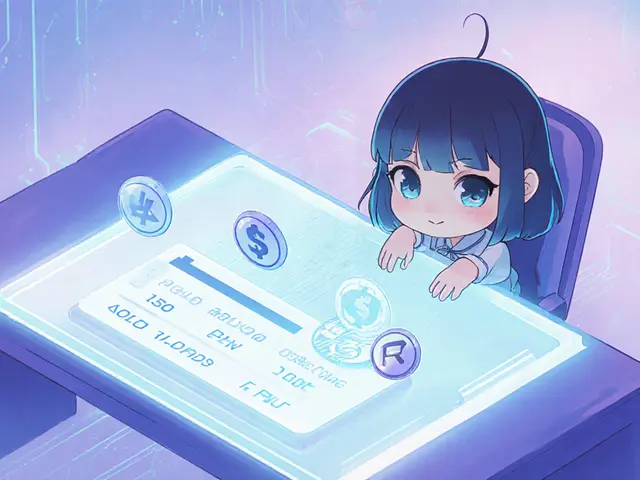
Peter Rossiter
November 17, 2025 AT 01:06Usnish Guha
November 17, 2025 AT 21:04jesani amit
November 19, 2025 AT 10:23